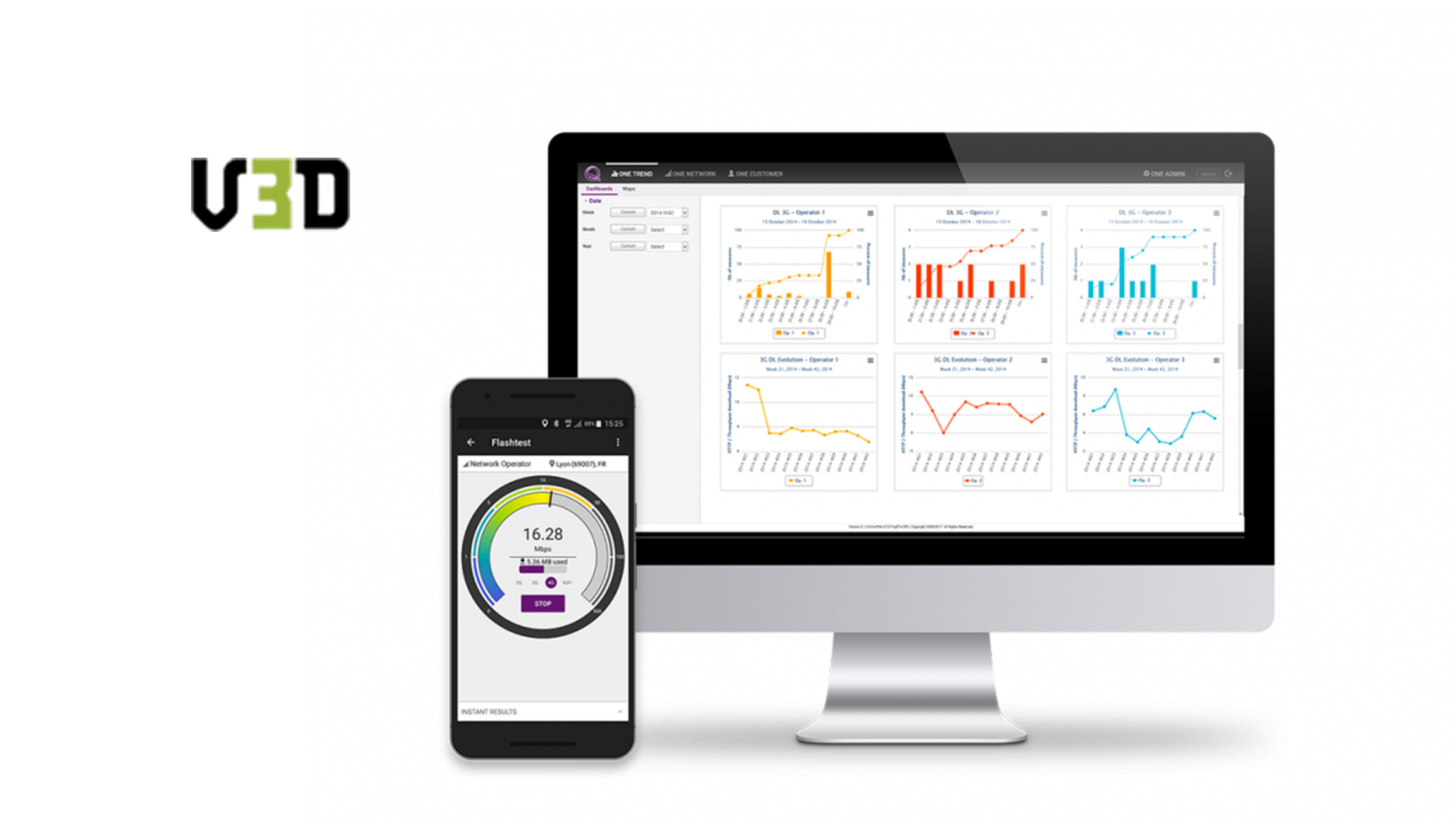 We’ve all heard the story about the snake that survives being flushed down the toilet and now lives in the sewers of New York City… or the one about the traveler who wakes up in a bathtub full of ice and discovers he’s missing a kidney. These urban myths live on through word of mouth and their sensational twists and turns never fail to thrill— but some people actually believe they’re true.
We’ve all heard the story about the snake that survives being flushed down the toilet and now lives in the sewers of New York City… or the one about the traveler who wakes up in a bathtub full of ice and discovers he’s missing a kidney. These urban myths live on through word of mouth and their sensational twists and turns never fail to thrill— but some people actually believe they’re true.
The world of email marketing has its own set of urban myths — beliefs and “conventional wisdom” that have been passed down over the years, regardless of how the channel has evolved. The problem is, believing these Urban Myths about email marketing can cause real damage to your email program.
Read More: Why Mobile Is About More Than Push
Following are just a few of the “urban myths of email marketing” I’ve heard, along with the truth to “bust” those myths.
Myth: If I have deliverability problems, the simplest solution is to just change to a new IP address.
Truth: Doing this will cause far more problems than it will solve. Jumping from one IP address to another is a common tactic of spammers. As a result, mailbox providers are very cautious about IP addresses with no sending history, and will typically block or limit volume from a new IP address until they can learn more about the sender’s reputation.
Instead, it’s critical to identify the root cause of your deliverability issues and solve them directly. Running away from the problem will only make it worse.
Myth: I have a low complaint rate, so my mail will be delivered to the inbox.
Truth: A low complaint rate can be misleading. Your complaint rate is calculated using two numbers: the number of complaints and the number of messages delivered to the inbox. So if your mail is being delivered directly to the spam folder instead of the inbox, your complaint rate won’t reflect the amount of mail that’s getting filtered.
Complaint rate is useful for measuring how subscribers are reactive to content, and it can serve as an early warning of potential deliverability problems. But it should always be analyzed in the context of other performance metrics, rather than as a standalone measure of email success.
Myth: Delivered rate is the best metric for measuring my program’s deliverability.
Truth: The “delivered rate” is one of the most misunderstood measurements in email marketing, as it does not tell you anything about how many of your messages are reaching the inbox. Instead, it simply measures how many emails pass the initial gateway filters without being bounced or rejected. From there, email can be delivered to the inbox or the spam folder.
Inbox placement rate is a much more useful measure of deliverability. As the name implies, this metric tells you how much of your mail is landing in its intended destination — the inbox.
Recommended Read: Why Nobody is Reading Your Cold Email and How to Get Them To Respond











